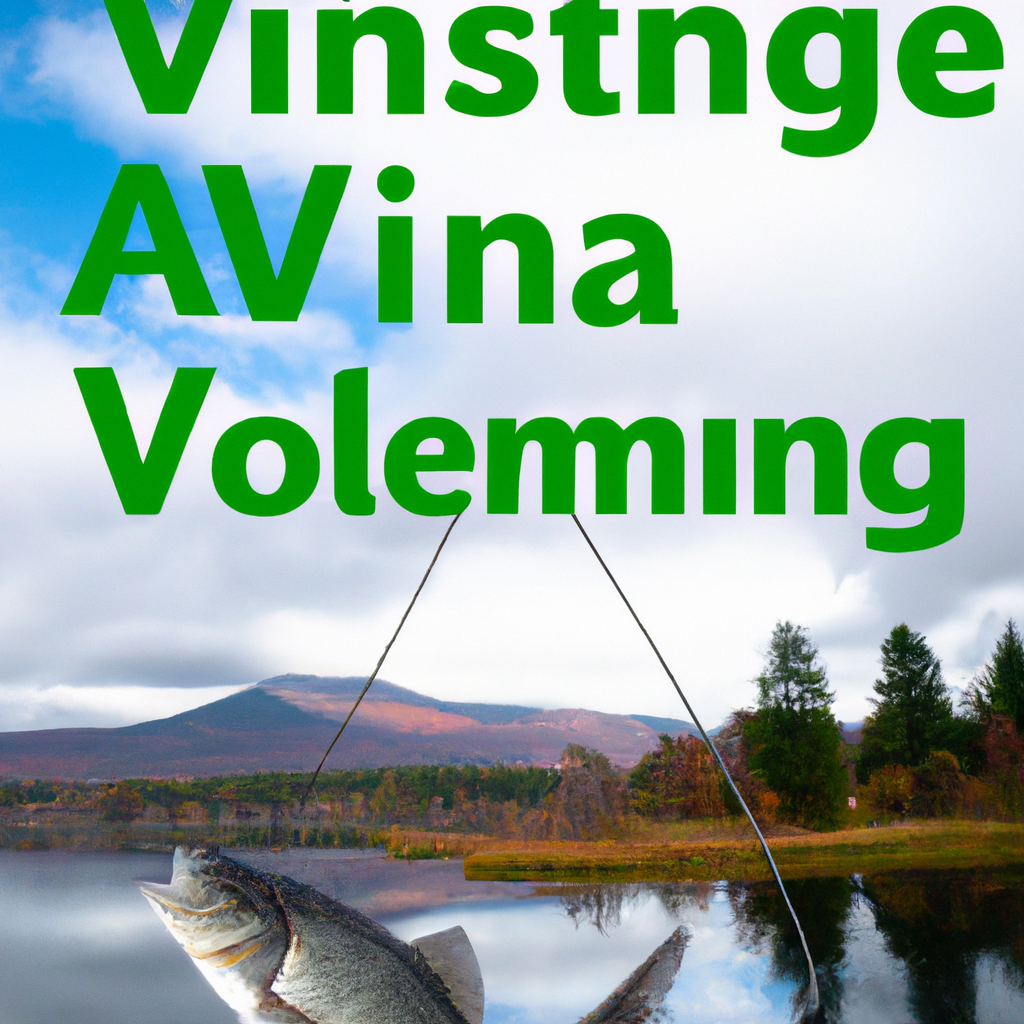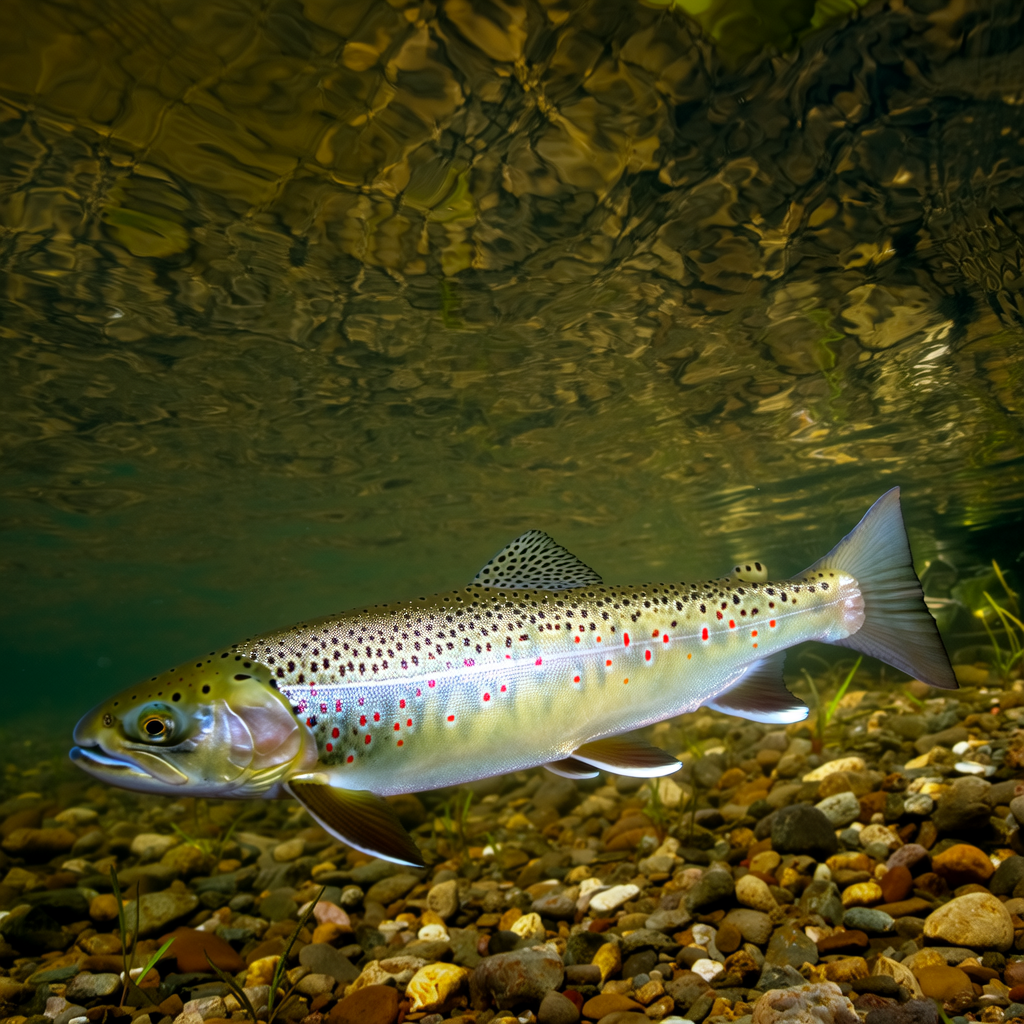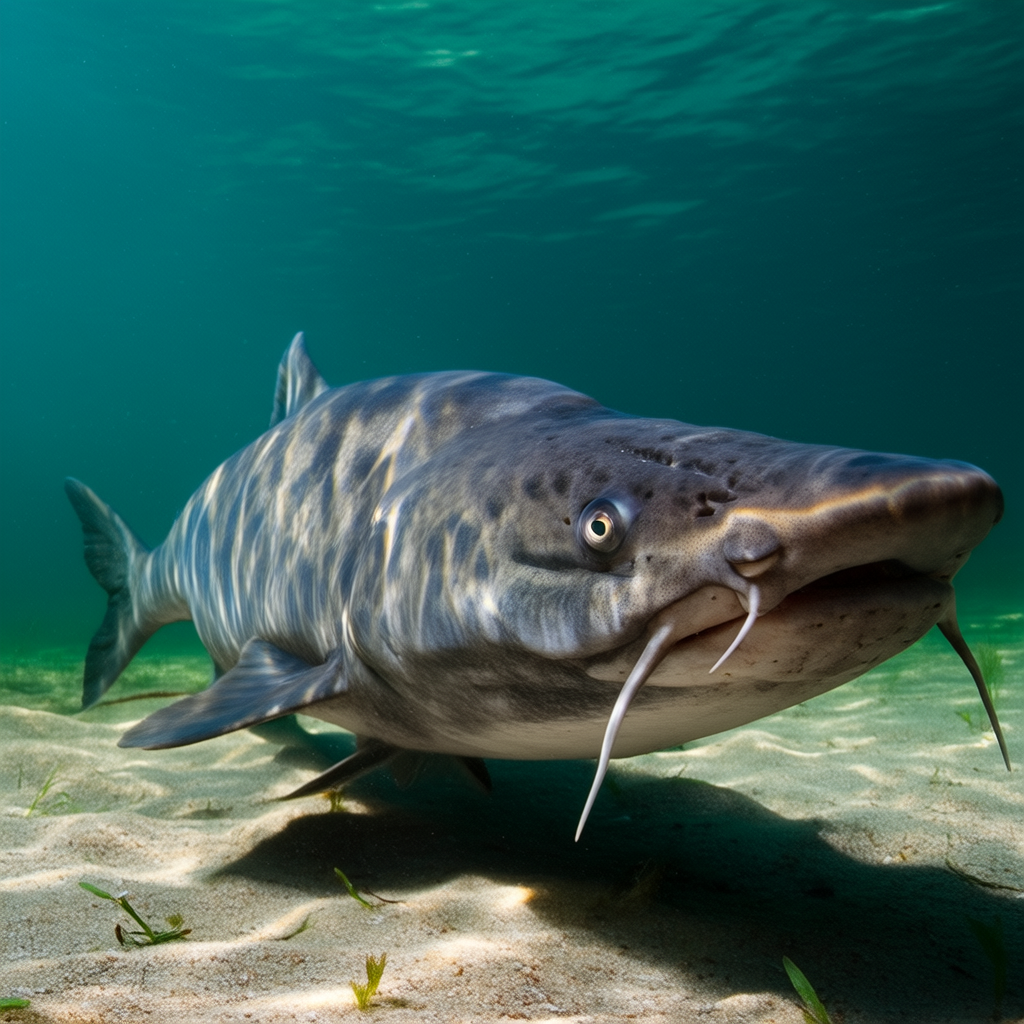Do you want to go fishing in Vermont? You’ll need to get a fishing permit in Vermont before you can cast your line. This guide will cover all the information you need about fishing licenses, fees, and regulations.
Fishing in Vermont Overview
Vermont is home to many different fish species including trout, pike, and walleye. Vermont offers plenty of opportunities for fishing, whether you’re an experienced angler or beginner.
It’s important to know the Vermont fishing regulations before you begin fishing. Vermont is known as a state that practices sustainable fishing, and therefore has strict regulations to ensure the health of fish populations.
Vermont Fishing License Requirements
Vermont requires a fishing permit for anyone over 15 years old to fish in the state’s waters. Vermont offers several types of fishing licenses including resident and nonresident licenses as well as annual and short-term licenses.
Resident Fishing License
Anyone who has lived in Vermont for at least six consecutive months is eligible to apply for a resident fishing license. A resident fishing license costs $26 per year and $9 for a shorter-term license.
Non-Resident fishing license
You will need a nonresident fishing license if you are not a resident of Vermont. A non-resident fishing licence costs $37 per year and $16 per short-term license.
Trout Stamp
You’ll need to buy a stamp if you plan to fish for trout. The additional cost for a trout stamp is $14, whether you are a resident or not.
Where to buy a fishing license in Vermont
In Vermont, you can buy a fishing licence at a number of different locations. The Vermont Fish & Wildlife Department offers online options for purchasing fishing licenses. You can also buy a fishing licence at a licensed agent such as a tackle store, sporting goods store or convenience store.
Vermont Fishing Regulations
Anglers are required to follow several fishing regulations to ensure the sustainability and health of Vermont’s fish population. These regulations include:
- Vermont has daily catch limits for certain fish species. These limits are important to know before you go fishing.
- Vermont has a designated trout stream fishing season. The season runs from April 2nd to October 31st.
- Equipment Restrictions Some areas in Vermont have restrictions on equipment, such as only fly-fishing or no live bait.
Check the Vermont Fish & Wildlife Department’s website before you go fishing to make sure you’re following the rules.
Fishing in Vermont State Parks
Vermont state parks provide some of the most exciting fishing opportunities. Vermont has over 40 state parks with excellent fishing opportunities, from fly fishing in streams to ice-fishing on frozen lakes.
To fish in Vermont State Parks, you will need a valid fishing licence. Some parks may also have additional fishing regulations that you will need to follow.
Tips for Fishing in Vermont
- Dress in layers for unpredictable weather. Bring rain gear and layers of clothing.
- Bring bug spray. Vermont is known for black flies and mosquitoes, so bug spray is essential.
- Take some time to explore your area before you start fishing.
- Check the water level before you start fishing. The water level in Vermont can change, so it is important to check this before you begin.
- Respect the environment. Vermont is known for the beauty of its natural environment. It’s important to practice sustainable fishing techniques and leave the area in a better condition than when you arrived.
Final Thoughts
Vermont’s natural beauty can be experienced through fishing. Be sure to get a fishing permit and familiarize yourself the Vermont fishing regulations before you begin fishing.
Follow these tips and regulations to have a successful, enjoyable fishing experience in Vermont.




